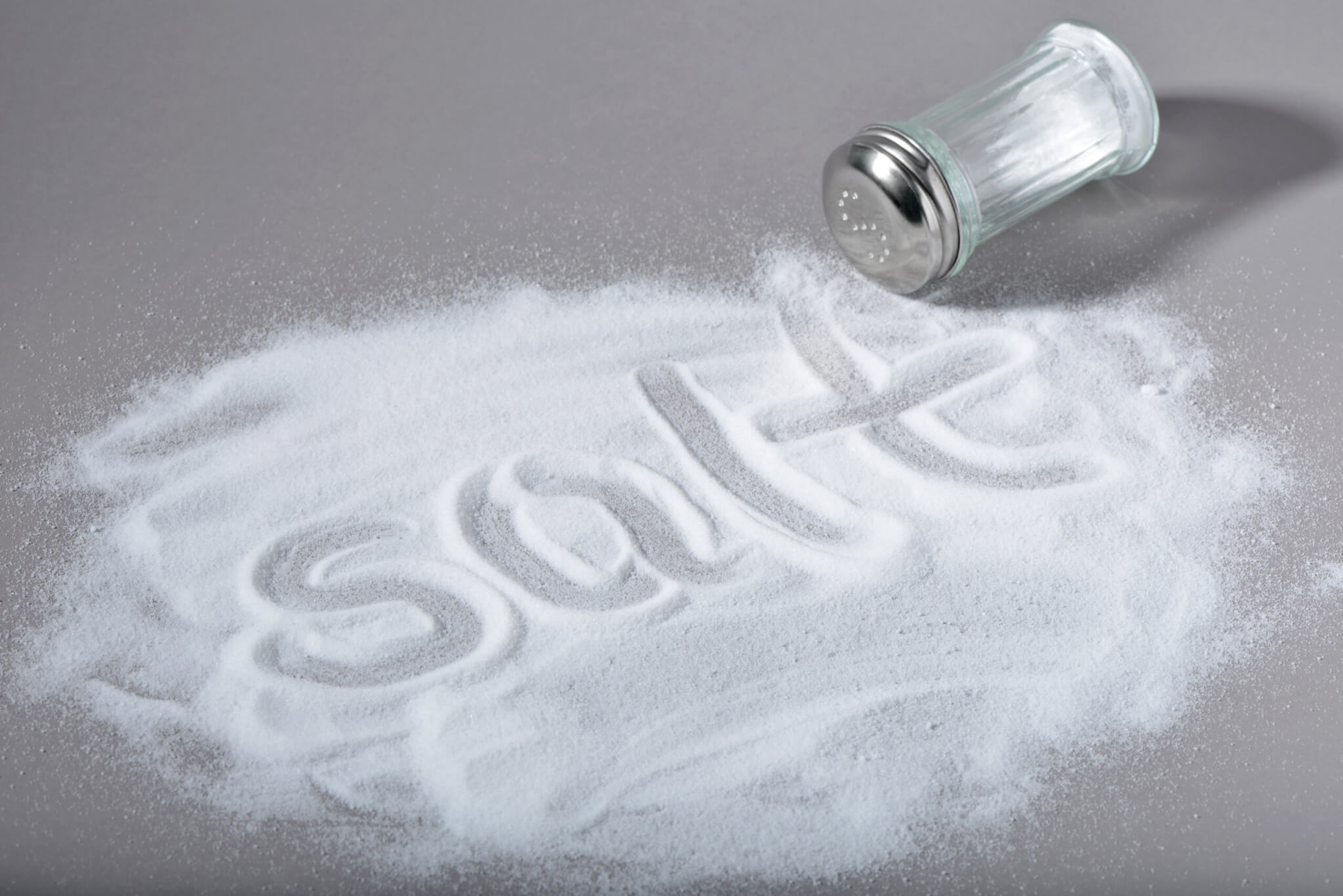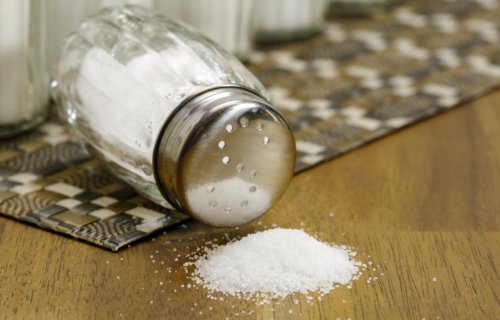For years, doctors and health experts have pushed the public to cut back on salt as much as possible. This has led to an overemphasis on salt reduction and viewing the condiment as “bad” for food. However, the health benefits of adding a little salt are being ignored, and many don’t seem to recognize that there are some.
What is salt?
“Salt” and “sodium” are often used interchangeably by most healthcare providers, but they’re a bit different. Salt is sodium chloride (NaCl), a chemical compound composed of approximately 40 percent sodium and 60 percent chloride. Sodium is a mineral, one of the elements found in salt. It can be found naturally in foods like vegetables, milk, meat, and shellfish.
Since the time of ancient civilizations, salt has been a huge part of the human diet. It was frequently used as a preservative and flavor enhancer, which is how it’s most often used to this day. Salt was also a political tool, used as a basis for population censuses and taxation. In 1930, Mohandas Gandhi led a non-violent protest in India called the Salt March. The goal was to go against the British government’s tax on salt, which negatively impacted financially disadvantaged Indians.

Why is salt ‘bad’?
It’s not. Sodium is required for proper muscle contractility and relaxation, fluid and mineral balance, and appropriate nerve signaling. Things can take a turn when there is consistent consumption of excess sodium.
The Standard American Diet is typically high in ultra-processed foods like chips, breads, and fast food. All of which are typically high in added salt. Excessive amounts have been most notably linked to high blood pressure, stroke, and heart disease. According to the Department of Health and Human Services, it’s estimated that nearly half of U.S. adults have hypertension. It’s recommended that we consume no more than 2,300 milligrams (mg) of sodium per day. However, the Centers for Disease Control and Prevention estimates people eat closer to 3,400 mg/day.
Our bodies don’t need that much salt to carry out their functions, but salt needs may also vary. This is why making blanket statements such as “salt is bad for you” is unproductive. Athletes, runners, and even people who simply exercise regularly may need more salt. Sodium is lost through sweat, and depending on how much is already in your diet, you may need to sprinkle some on your food to replace it.
Also, people with postural orthostatic tachycardia syndrome (POTS), a condition that affects between one and three million Americans, are generally advised to consume anywhere from 3,000 to 10,000 mg per day. Blood volume is typically low among these patients, so upping salt and water intake can help. On the other hand, people with congestive heart failure or kidney disease may need to lower their salt intake since their body cannot process it effectively. An excess in these populations may lead to an exacerbation of symptoms.
Bottom Line
Most Americans would benefit from reducing their salt intake, simply given that their diets are likely to contain far more than the daily recommended amount. This doesn’t mean that salt needs to be generalized as the enemy or that it’s inherently unhealthy. If intake of ultra-processed foods is limited, it’s difficult to consume too much anyway. Sodium needs may vary from person to person, depending on factors like disease state and activity level.
You might also be interested in:
- Scientists discover extraterrestrial salty ice that may exist on faraway moons
- A Dietitian’s Take: Debunking 5 of the biggest nutrition myths online
- Hold the salt for a longer life? Why opting for other seasoning could add years to your lifespan

